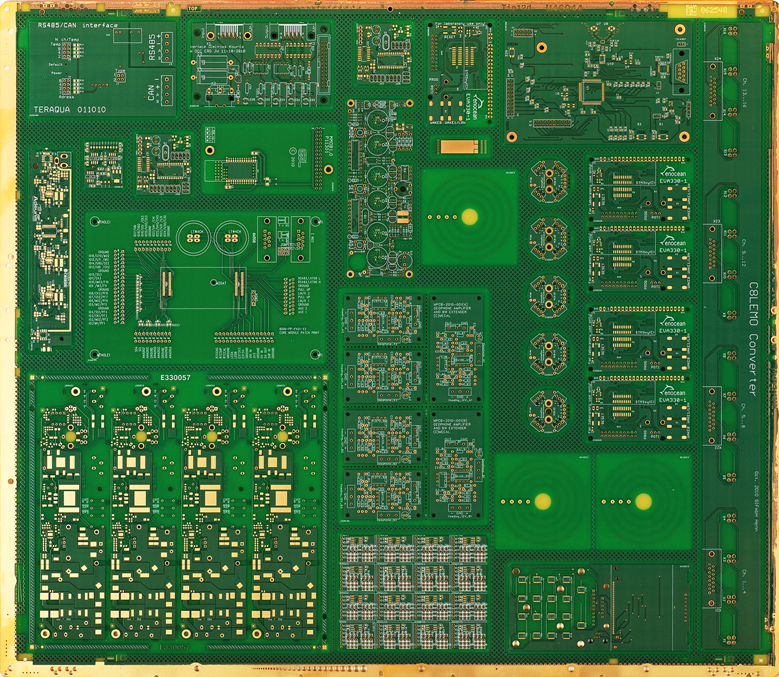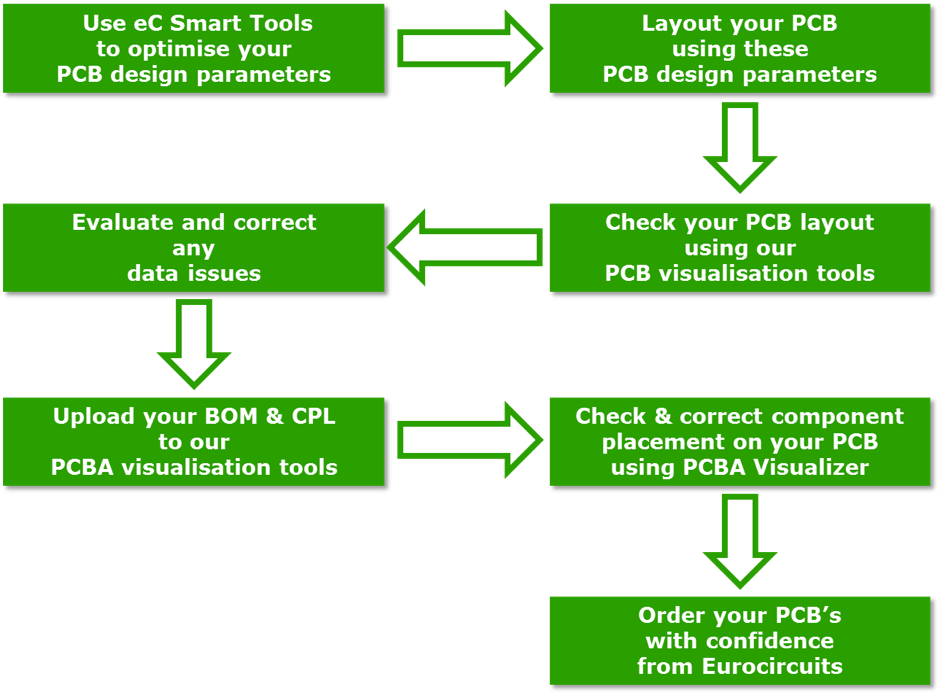
Voiding: Bubbles in solder paste
?On the trail of bubbles?
In this episode of our TechThursday, we will take a deep dive into the fascinating world of metallurgy and look at an important quality criterion for the soldered joints of an assembled PCB.
?If you cut open a solder joint, you will see bubble-shaped cavities, known as voids. These are caused by trapped gas bubbles in the liquid solder, which remain as voids when the solder paste solidifies.
Caution! The term "blowholes" is often used in context of the term "void". Blowholes are also defects in the metal. These occur due to shrinkage when the solder cools after melting.
?Why are voids so important? They are a crucial quality factor for solder joints as they affect reliability and heat dissipation.. An almost void-free solder joint is essential, particularly for power semiconductors.
??Several factors influence voiding: the solder paste, particularly the flux it contains, the metallisation of the components, the soldering surface of the PCB and the process parameters during soldering. Manufacturing specialists use various methods to evaluate and optimise the manufacturing process. One method is X-ray inspection.
Are you curious? Watch this video to learn more about process evaluation in Eurocircuits’ PCB assembly with X-ray inspection.
?Click here for the video: https://lnkd.in/ewgbKsji
eurocircuits electronics PCB pcbdesign pcbassembly pcbmanufacturing voiding


